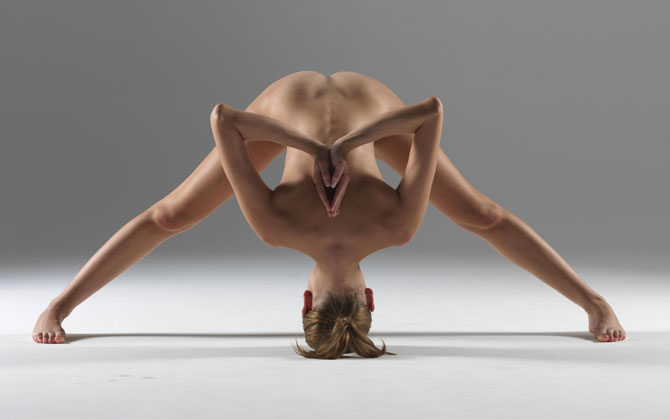SEXY SELFIES SAVED FOR EVER IN TAPESTRIES
Brooklyn-based tapestry artist Erin M. Riley’s studio is covered in photos of half-naked women—all in the name of art. For her large-scale wall textiles, Riley finds and re-creates online selfies—those ubiquitous images of young women on social media sites such as Instagram or Tumblr, where the more revealing the photo, the more “likes” it garners.
But while selfie is becoming a disparaging term in popular culture to describe a seemingly endless narcissism, Riley has an affinity for the women in her tapestries. “I know what it feels like, being excited to take a sexy photo,” she says. “It is fun, but then there’s always some level of disappointment. So much of how we communicate now is image after image. One selfie just isn’t enough.”
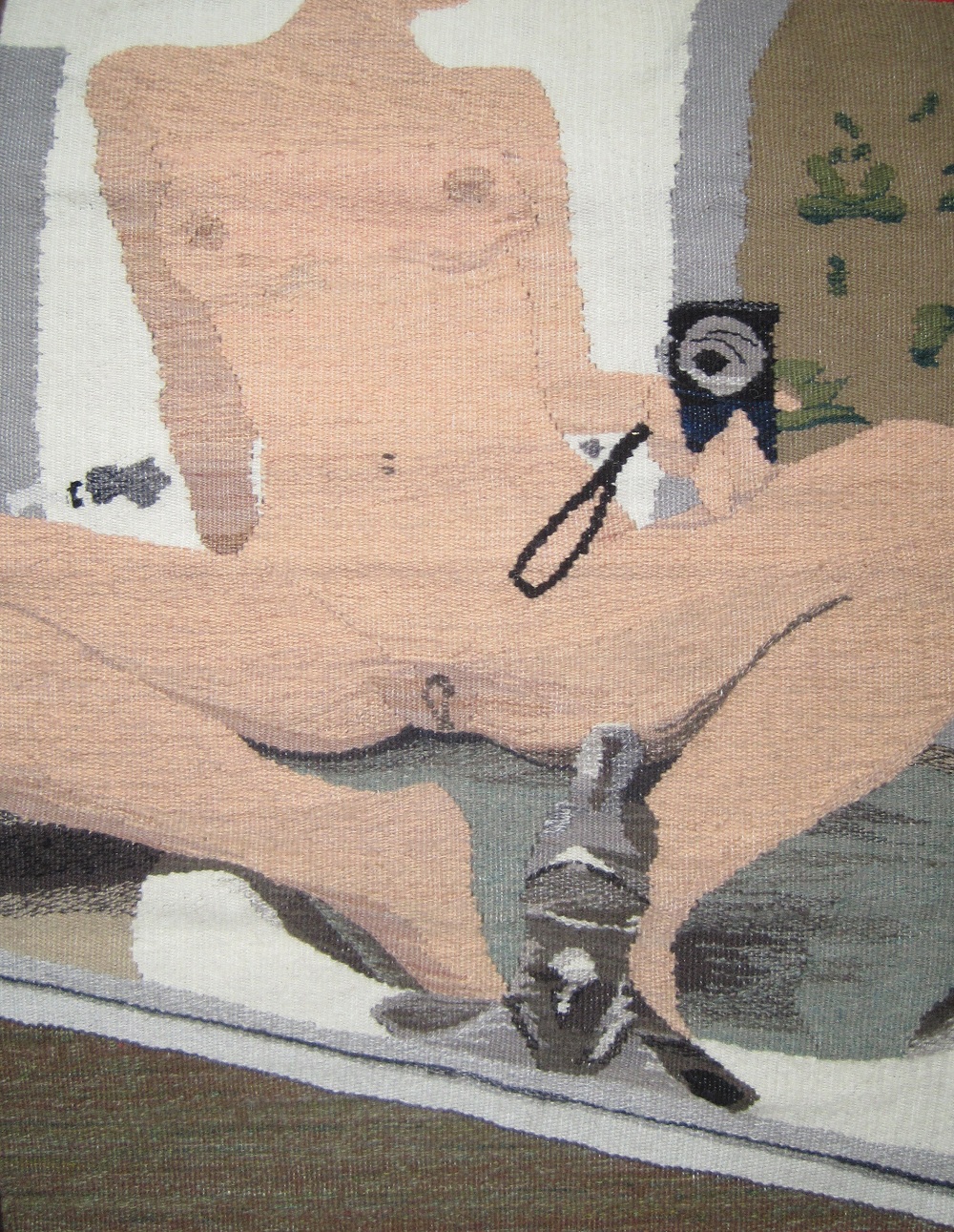
In each of her textiles the faces of the women are made anonymous, blurred, giving the impression that each selfie is connected to something larger. Perhaps fittingly, Riley sometimes uses her own nude photos, lending the project a personal tone. Although some reviewers have focused on the erotic nature of her pieces, the tapestries also tell a darker tale about technology, the media’s obsession with sexting and the judgment young women receive for being visibly sexual. “There is something strange about how early sexual encounters are now being documented,” she says.
Growing up in the early 2000s, Riley experienced this digital sexual experimentation firsthand. She recalls with affection the pre-Facebook era of cybersex in AOL chat rooms, publishing fan fiction on Literotica.com and flirting via instant message. “I think selfies are just a reflection of the times,” she says, then sighs, acknowledging the sinister nature of the trend and the fact that some sexual images—possibly some of those used in her tapestries—are leaked online out of revenge. However, Riley hopes her work validates this specific female experience: It’s about celebrating a feminine exploration of sexuality rather than condemning the women expressing it.
SEXY SELFIES SAVED FOR EVER IN TAPESTRIES
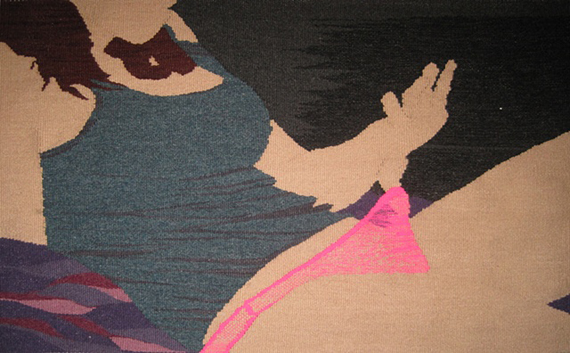
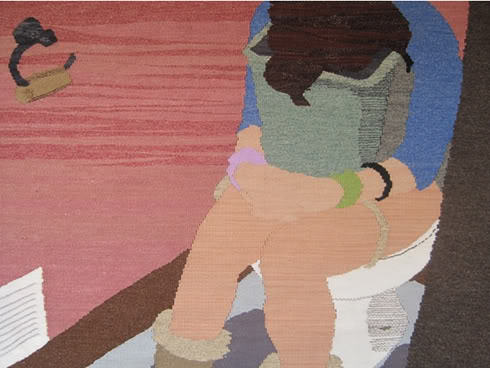
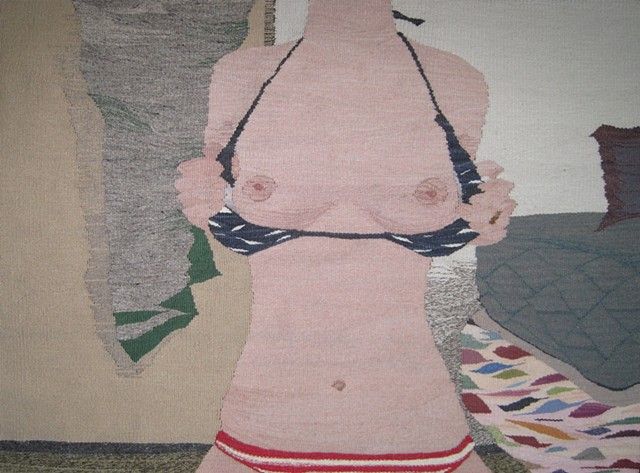
Riley uses a traditional vintage floor loom and dyes all the wool by hand in her studio. Sitting down to weave, she pauses to note that producing selfies is a methodical process almost akin to the slow act of weaving. For each selfie a significant amount of time is spent primping, posing and editing. “I feel affection for the women in my pieces,” she says. “I feel supportive and caring of them. I hope they are happy. I hope they are advocating for themselves and asking for orgasms.”







